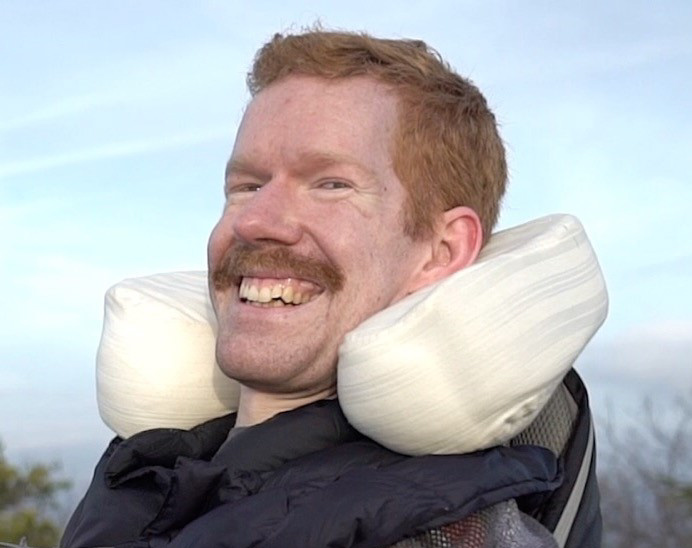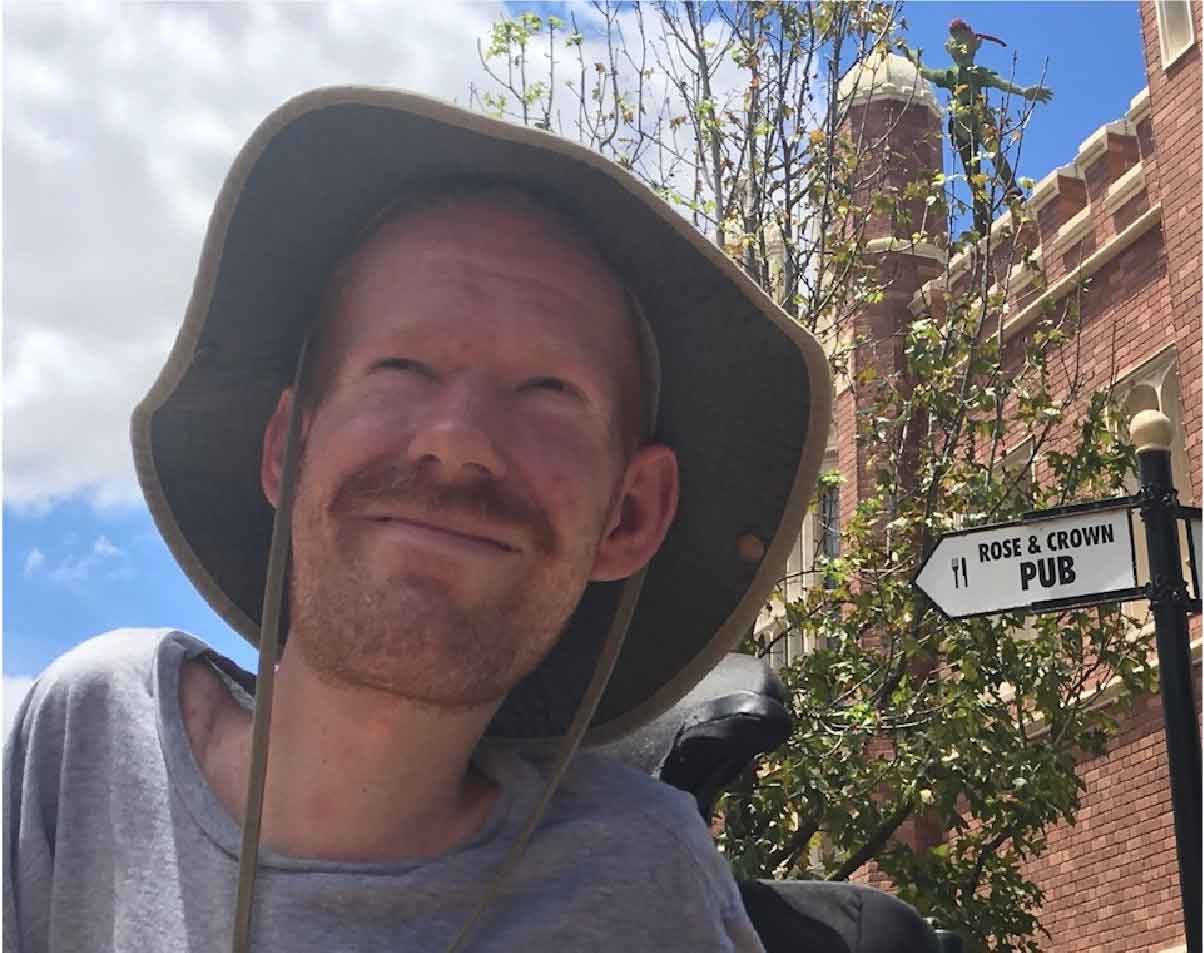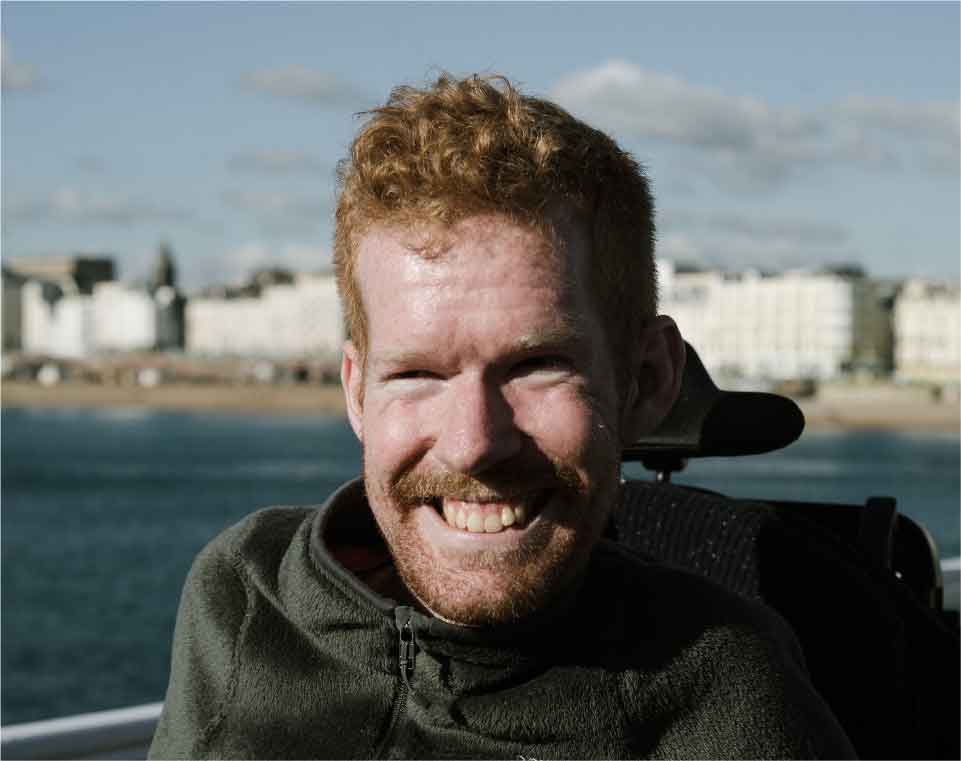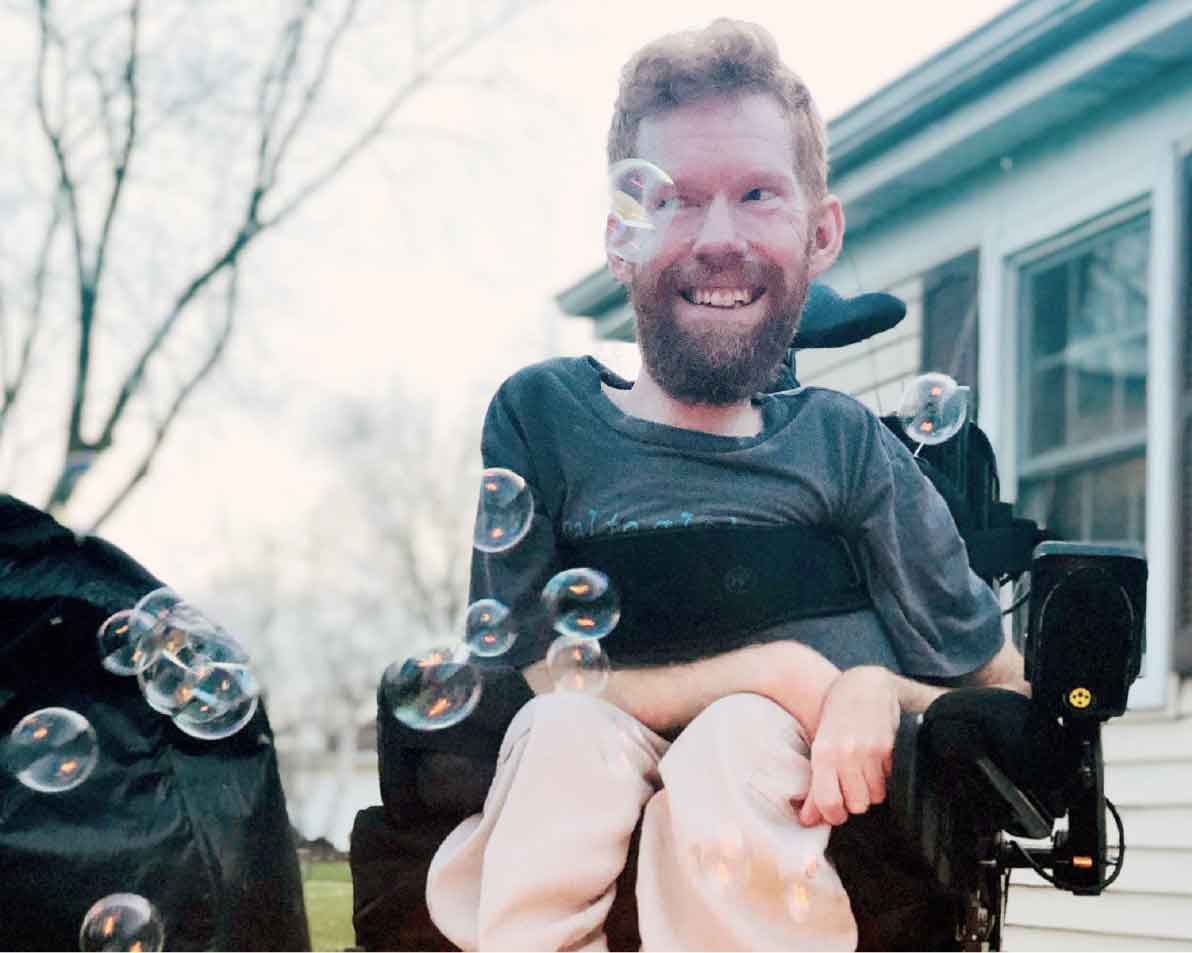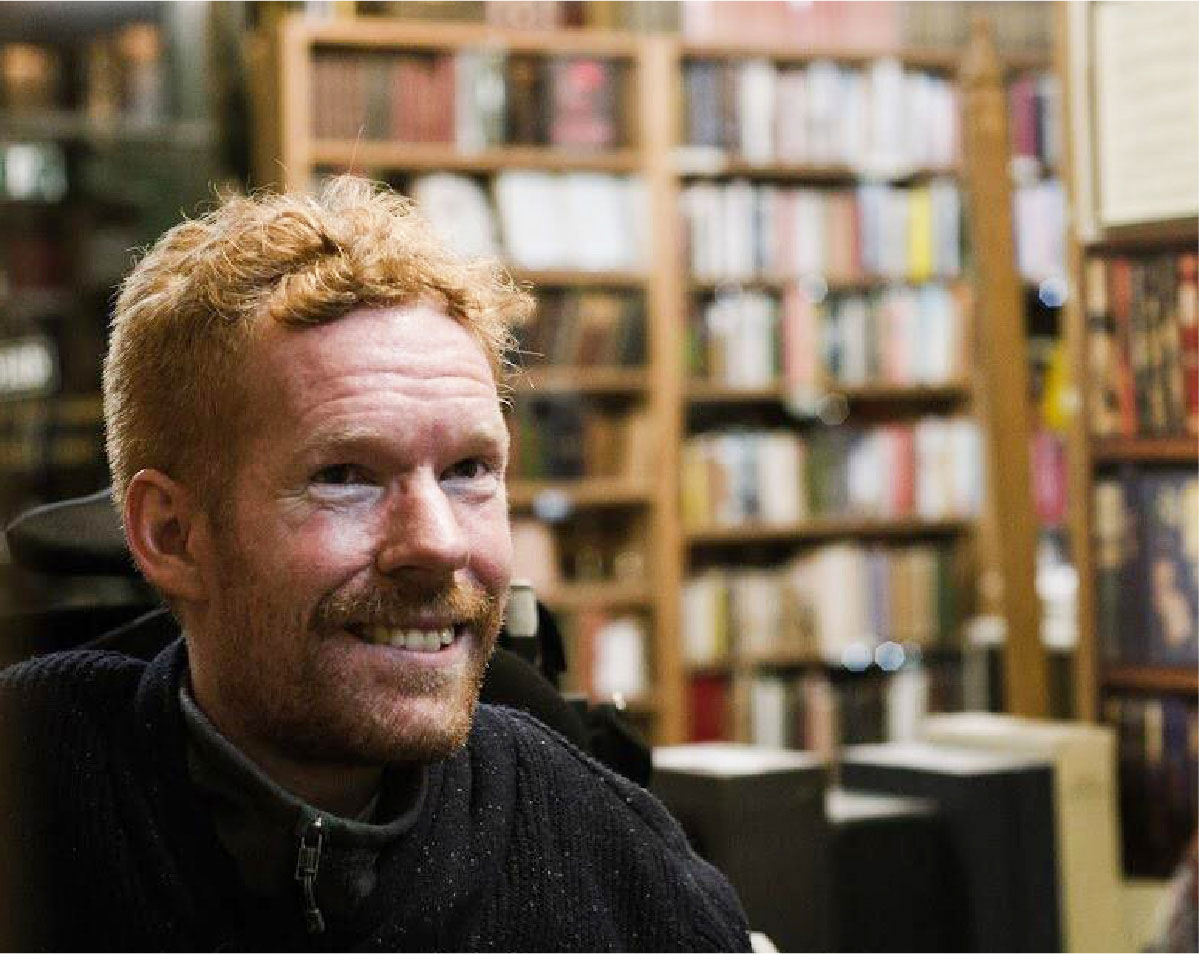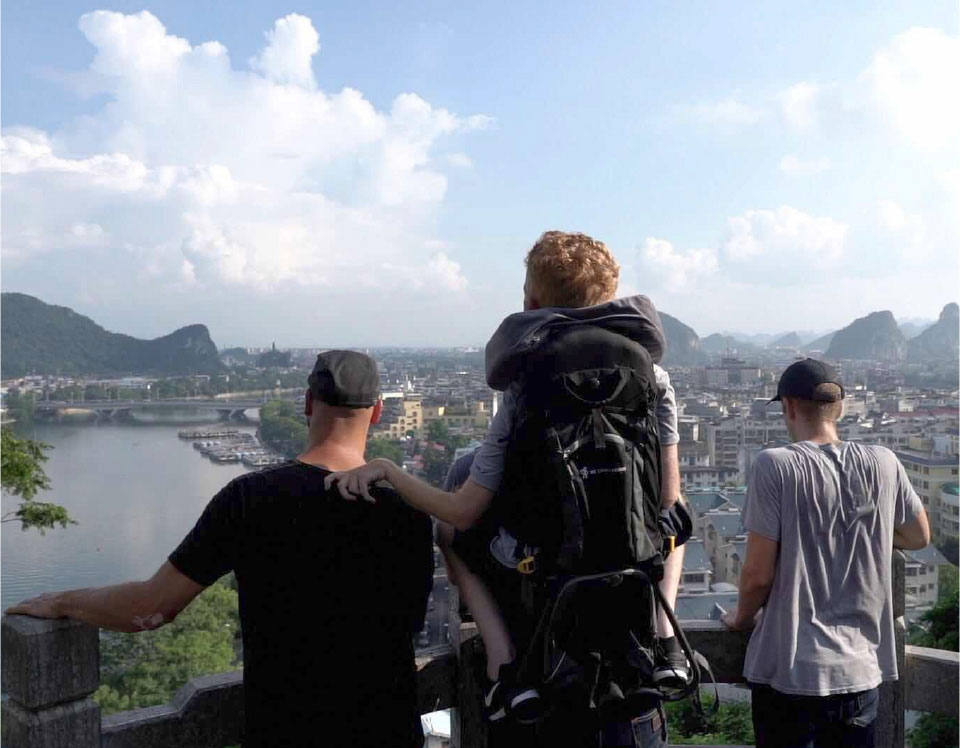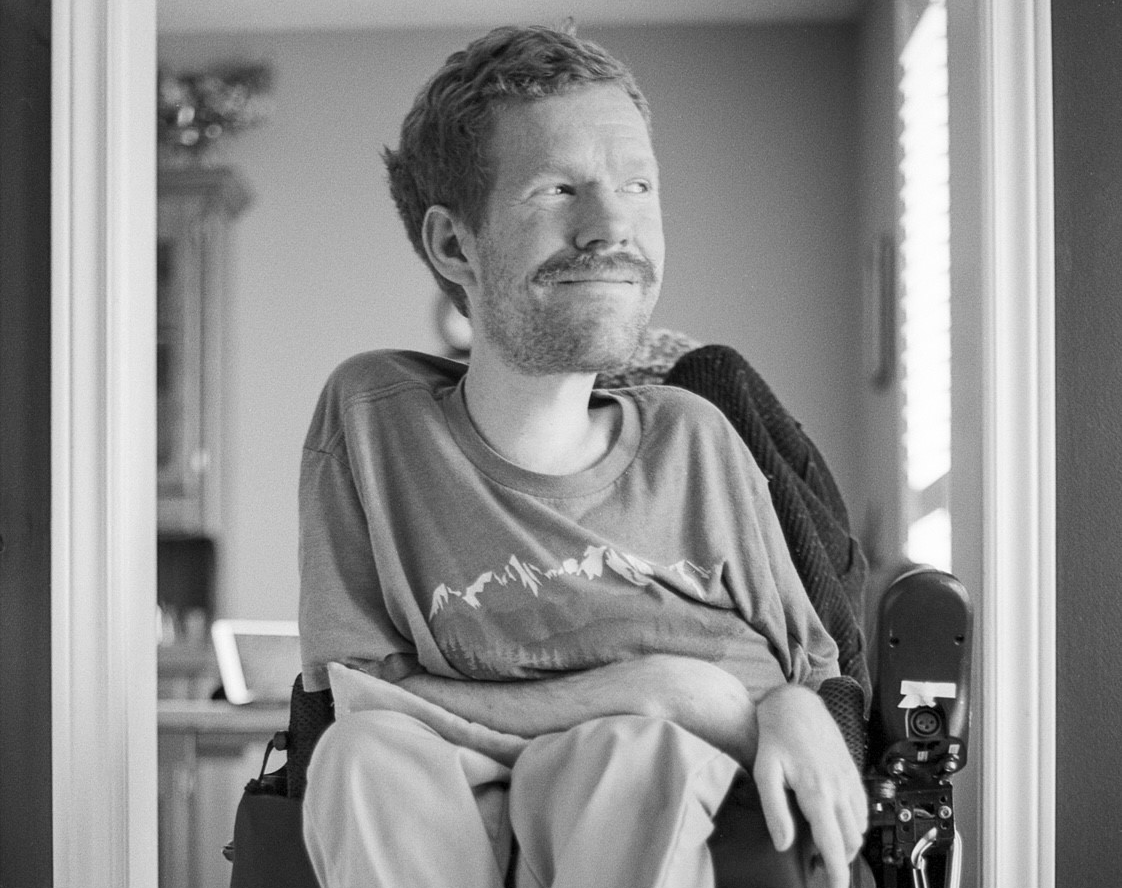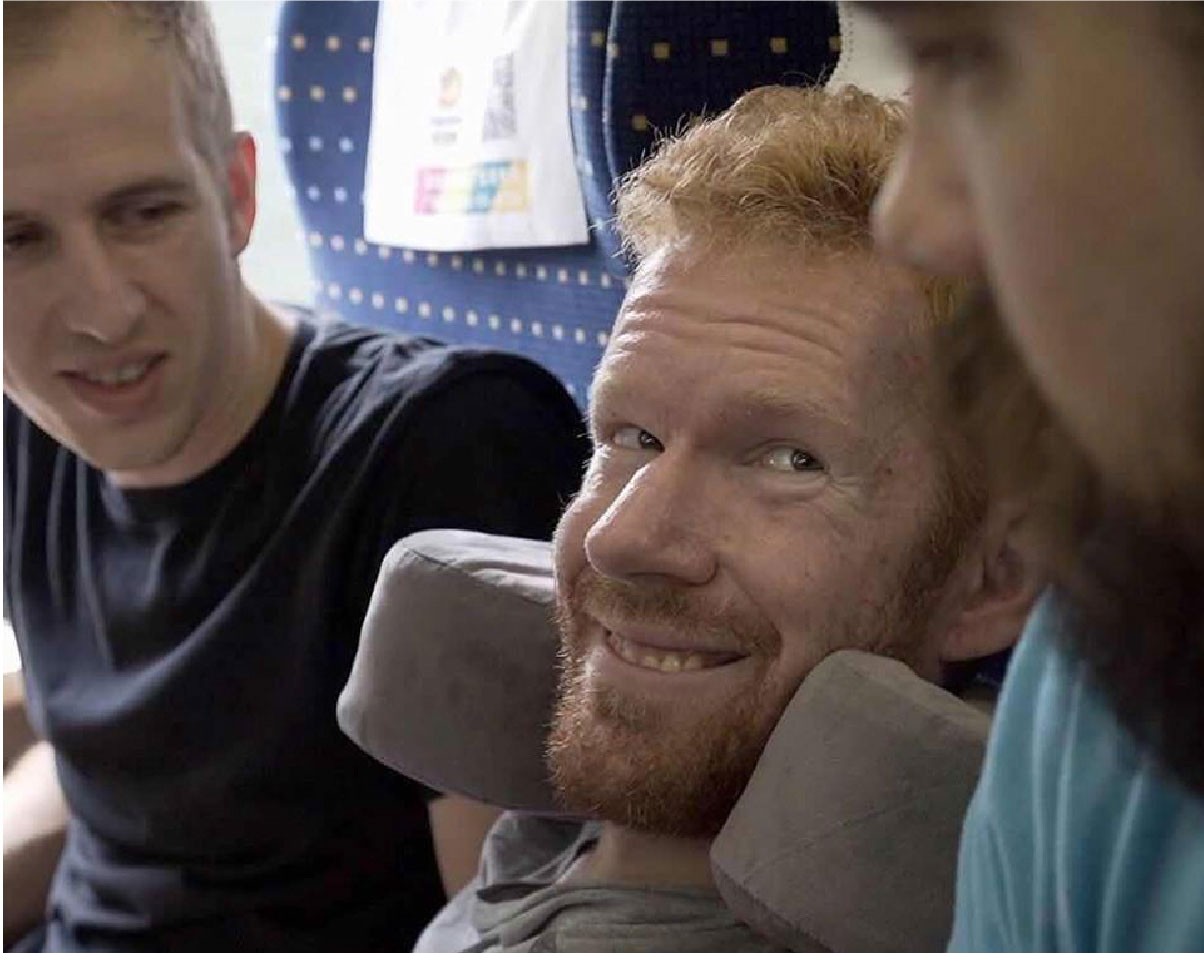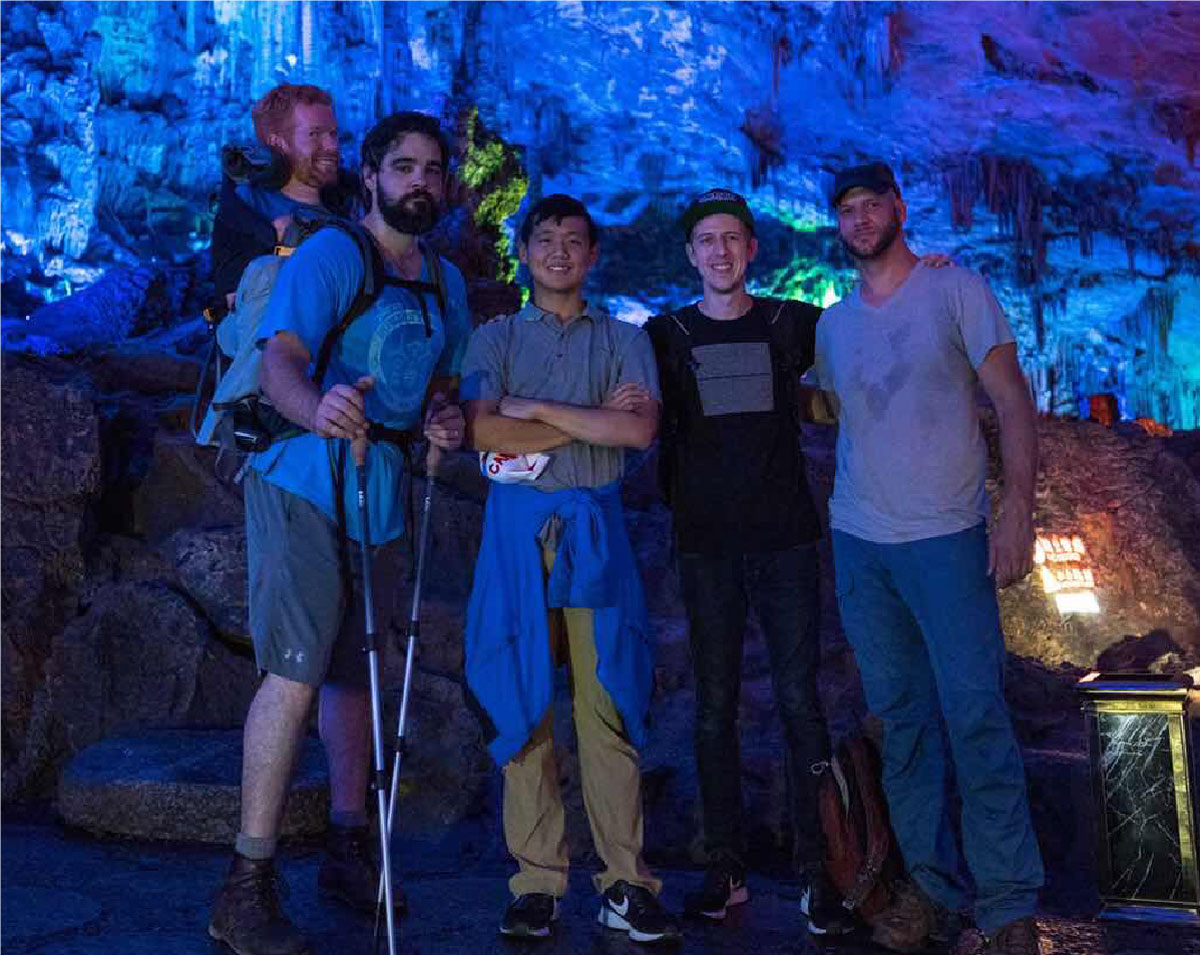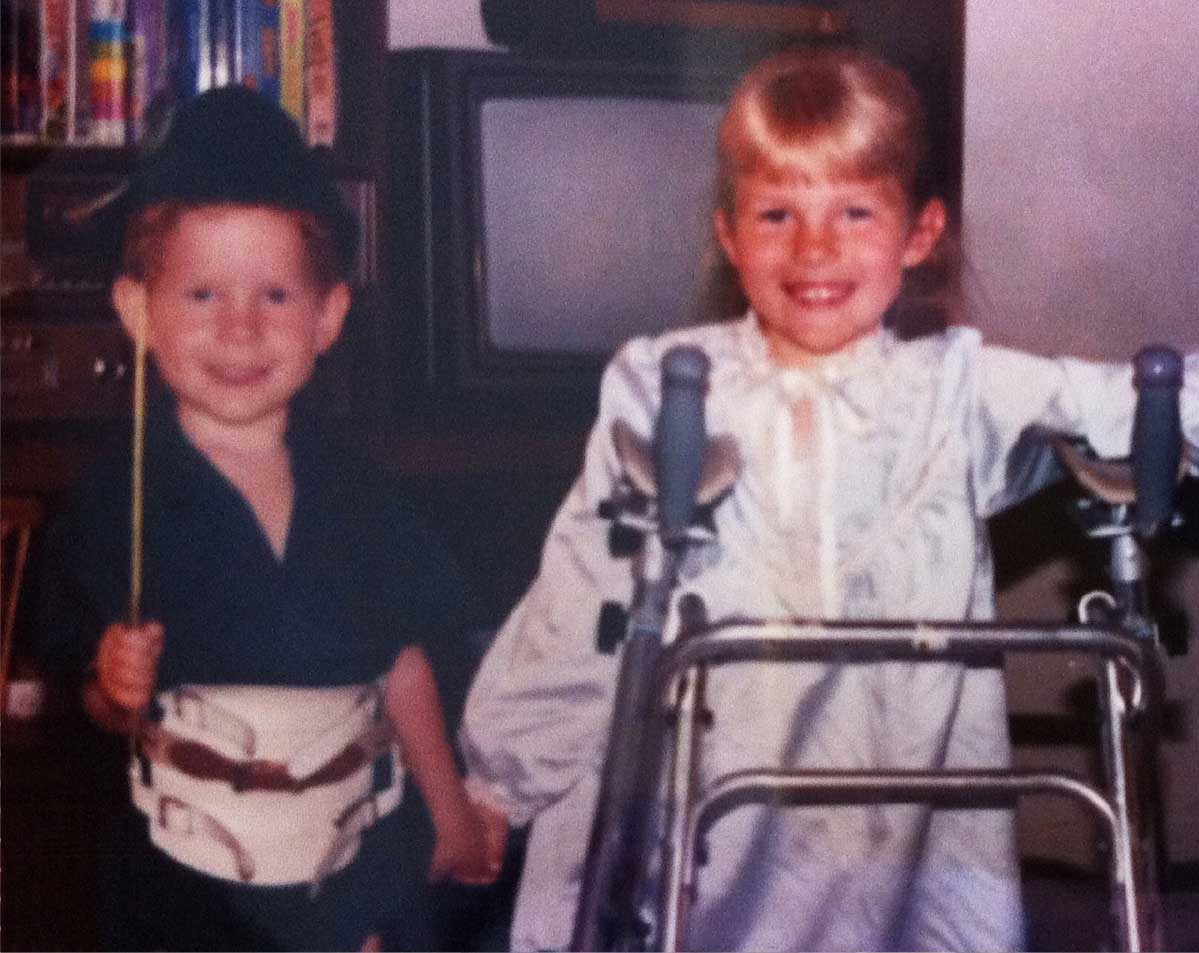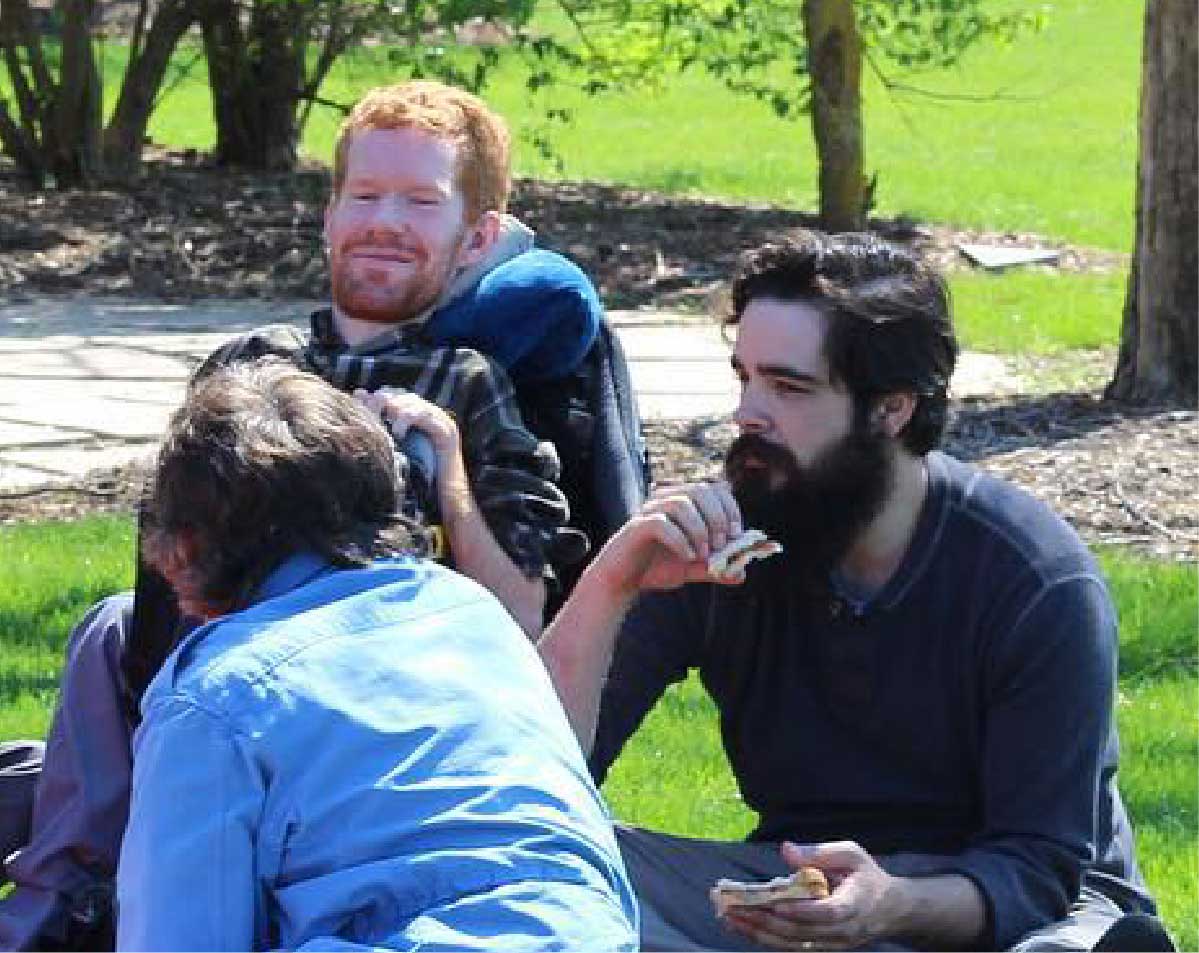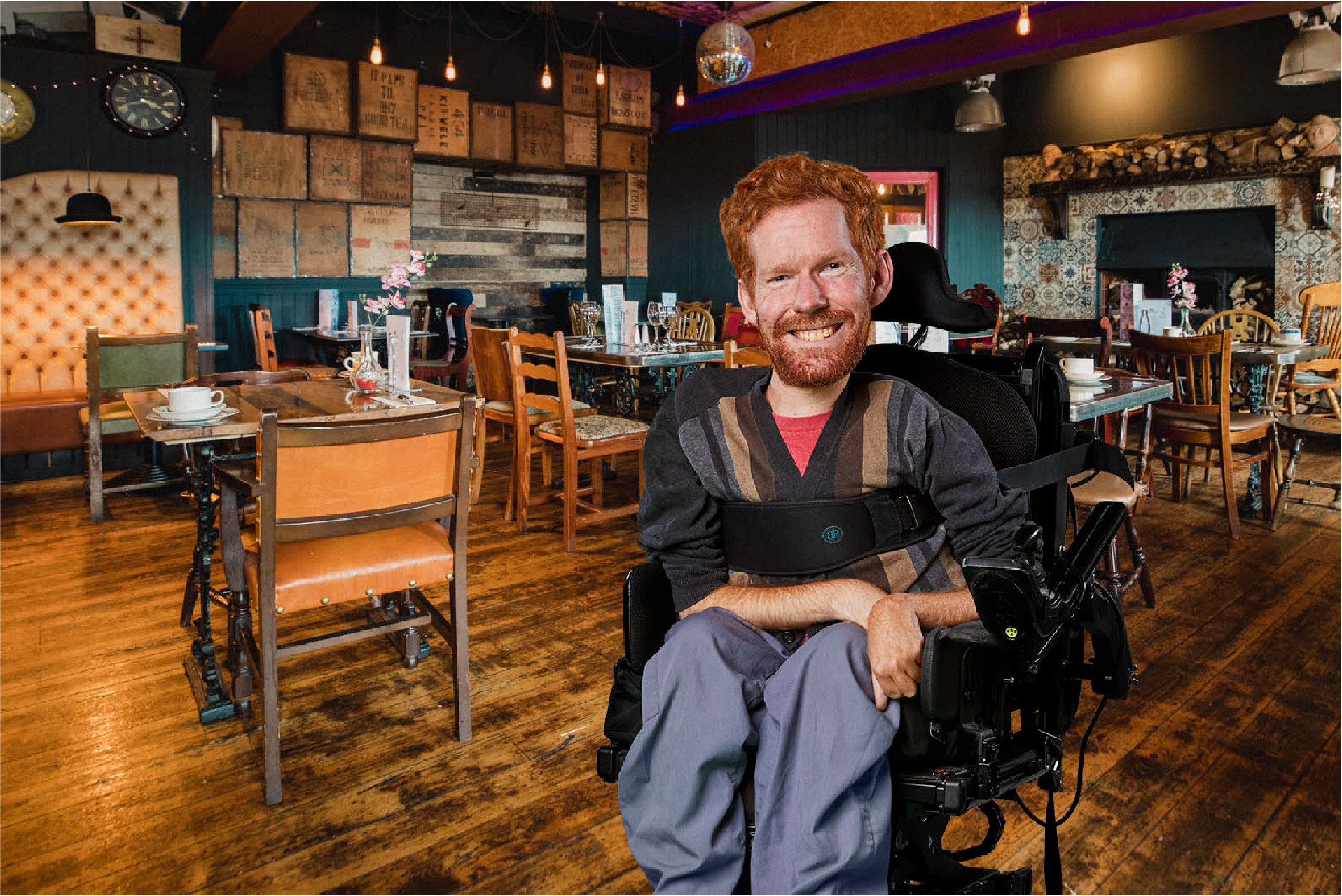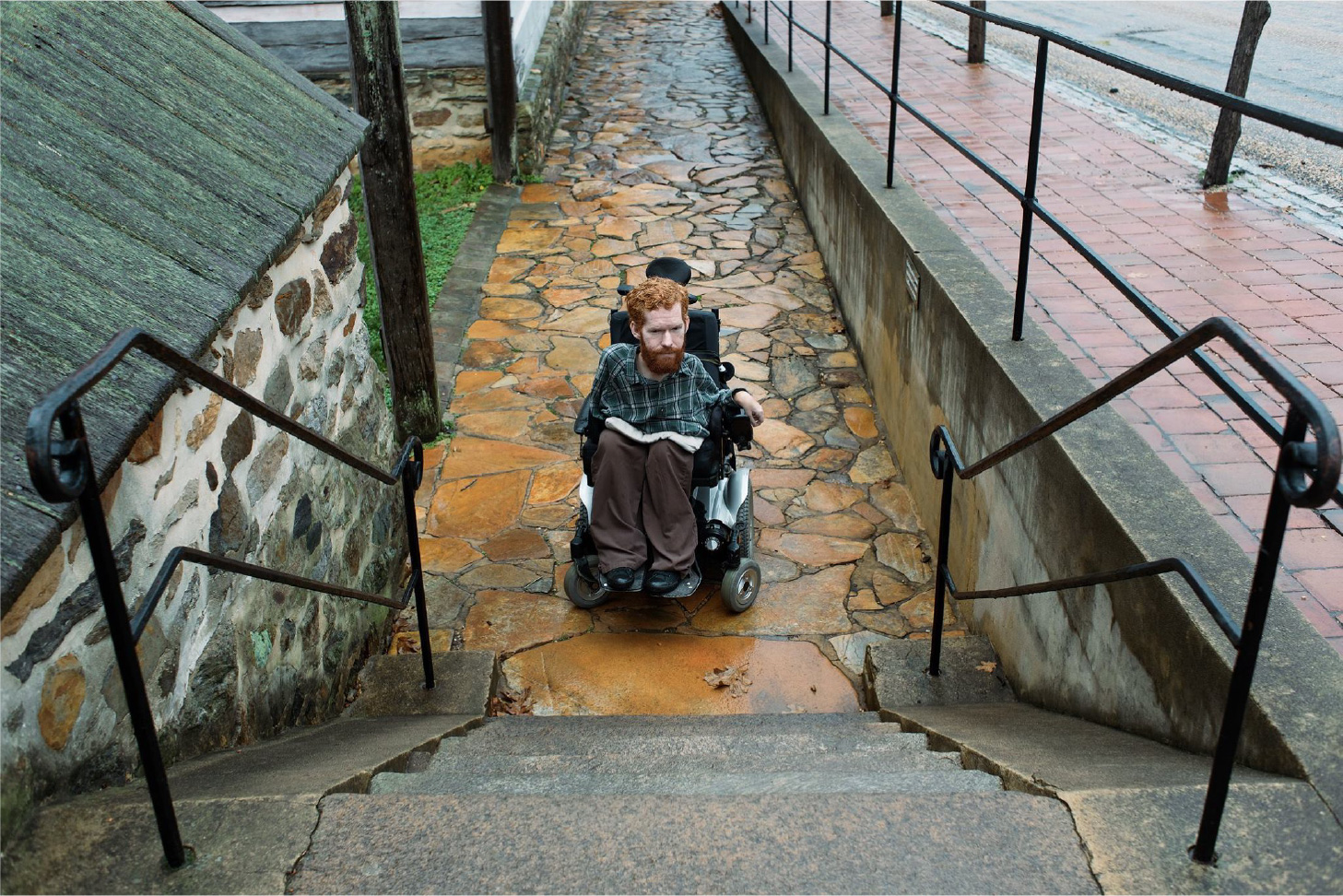Life can throw some crazy curveballs, can't it? I remember once getting off a 19-hour flight to a country halfway across the world and receiving news that my wheelchair might have been left at the airport back home. Thankfully, it was just buried under other luggage, but it was a mess for a minute there.
Still, no matter how many systems we put into place or checklists we make, as long as people are involved, there may be unpredictable and uncontrollable variables to deal with. Curveballs.
I've never been much of a baseball person, but my wife is, so I'm learning.
“One thing I’ve noticed is some curveballs you swing at and some you don’t - because some you know (or at least think and hope) you can hit and some are just clearly not hittable.”
But the point here is that it's not a blanket fact, "swing at all curveballs" or "don't swing at any of them." It all depends on...well, a lot of things. Here are a few factors that I like to consider when that "curveball" is headed my way...
- Who is the pitcher? There is often a difference between the challenge itself and the challenger (if there is one specifically, though there isn't always). If a person or organization or building or system is putting an obstacle in my way, I consider their authority and/or expertise on the matter. Doctor, pilot, president? Fence, boat, mountain, stairs? Another friend in a wheelchair, a non-disabled friend or family member, a total stranger?
- What's the curve/speed? Some challenges are manageable and realistic, while others simply are not. For example: stairs. It's one thing to face the challenge of a friend's house with one 2" step vs. the third floor apartment with no elevator. In the latter case, I would maybe meet somewhere else or just leave my wheelchair downstairs and have a friend carry me up.
- How's your batting? The first two questions kind of go together, and these last three go together as well when considering my situation. I try to consider my own capacity first, and how I might handle the challenge - physically, socially, emotionally.
- Who's on the bases? Next, think about who is on your team. What are they bringing to the table in this current situation that may help? I've been really blessed to be surrounded by a lot of creative people who are willing to jump in, go with the flow, and come up with out-of-the-box solutions on the spot.
- What's the hit worth? At the end of the day, I ask myself: is overcoming this challenge a hill worth dying on? How will it affect me, my team, the challenger (if there is one), and the unassuming audience watching?
